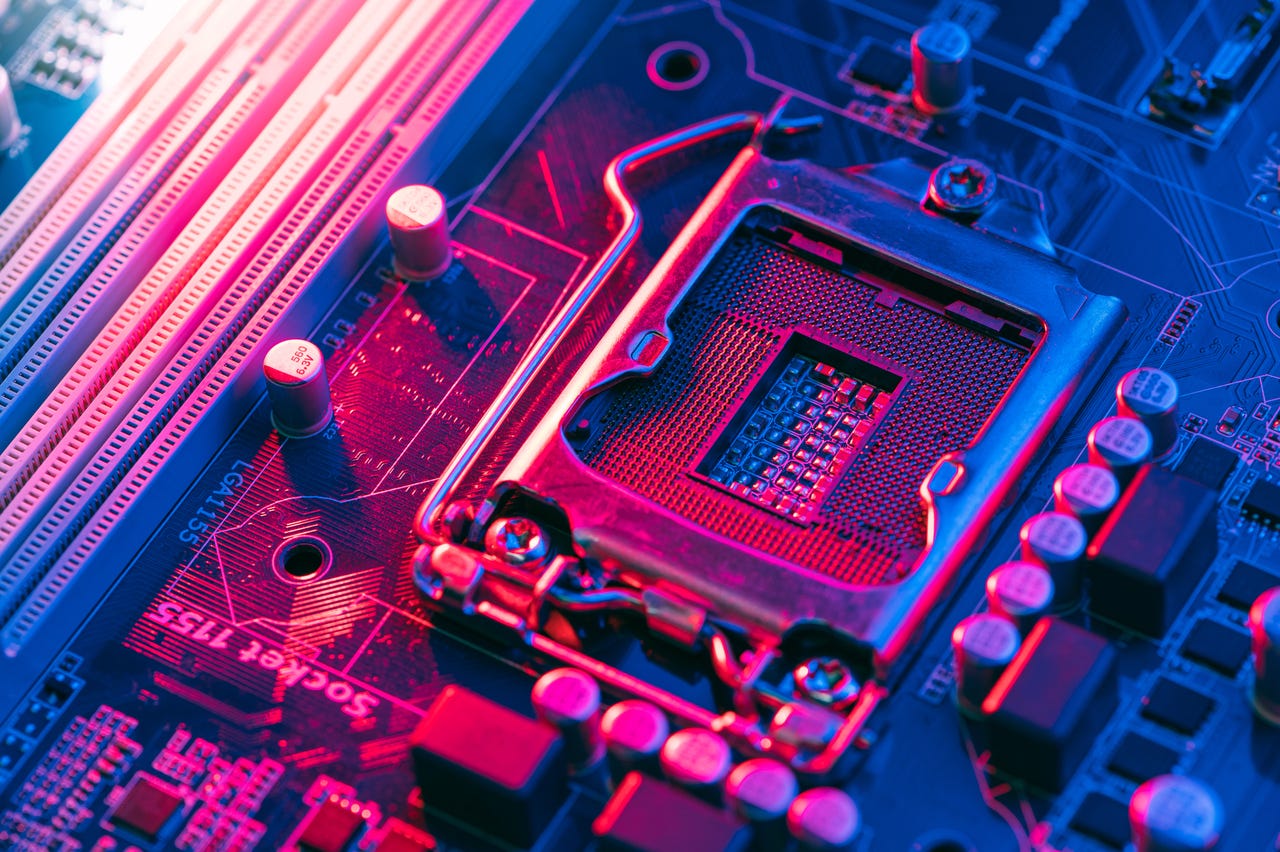'ZDNET Recommends': What exactly does it mean?
ZDNET's recommendations are based on many hours of testing, research, and comparison shopping. We gather data from the best available sources, including vendor and retailer listings as well as other relevant and independent reviews sites. And we pore over customer reviews to find out what matters to real people who already own and use the products and services we’re assessing.
When you click through from our site to a retailer and buy a product or service, we may earn affiliate commissions. This helps support our work, but does not affect what we cover or how, and it does not affect the price you pay. Neither ZDNET nor the author are compensated for these independent reviews. Indeed, we follow strict guidelines that ensure our editorial content is never influenced by advertisers.
ZDNET's editorial team writes on behalf of you, our reader. Our goal is to deliver the most accurate information and the most knowledgeable advice possible in order to help you make smarter buying decisions on tech gear and a wide array of products and services. Our editors thoroughly review and fact-check every article to ensure that our content meets the highest standards. If we have made an error or published misleading information, we will correct or clarify the article. If you see inaccuracies in our content, please report the mistake via this form.
How to identify your motherboard quickly and easily


If you want to carry out some PC upgrades – maybe add more RAM or change a CPU – then it's a good idea to know what motherboard is at the heart of your system. Knowing this means you know what components you need to carry out an upgrade.
But how do you know what motherboard is inside your PC? Well, fortunately, there are several easy ways to find out.
I'm going to show three ways to identify your motherboard. And best of all, none of these methods requires you to download and install anything, because while there are some nice motherboard-identifying utilities out there, finding them means sifting through search results that point to some decidedly dodgy websites, and downloading them means having to run the gantlet of websites plastered with deceptive "download now" ads.
Also: Black Friday early storage deals: Flash drives, SSDs, and more
How to identify your motherboard
1. Using the tools built into Windows
If you have a Windows PC, probably the quickest and easiest way to find out what motherboard you have is to use the built-in tools. I find that this works for most PCs out there and you won't have to try anything further.
Press Windows + R to open the Run dialog box, and when it opens, type msinfo32 and then hit Enter.
The System information application will open, and it will display a everything you need to know about your PC.
System information app in Windows.
You're looking for three lines specifically:
- BaseBoard Manufacturer: The manufacturer of the motherboard
- BaseBoard Product: The name of the motherboard
- BaseBoard Version: The version number of the motherboard
Typing these details into a search engine will likely bring up the information you're looking for about the motherboard in your PC.
2. Check the documentation that came with your PC
Whether you bought your PC ready-made or built it yourself, your PC likely came with information about the motherboard and other components. If you built it yourself, you got a manual with the motherboard (either a physical one, an electronic copy, or information on where to find an electronic copy).
The motherboard's manual is a veritable treasure trove of information about your PC. It's one of those manuals that's definitely worth keeping. Beyond just telling you what motherboard you have, it'll tell you things like what RAM and CPU it supports, what any error codes or beeps mean, and how to update the firmware.
While I generally put manuals straight into the recycling bin, I make sure to keep motherboard manuals for future reference.
Know what motherboard you have and need a manual? Type the name into a search engine and go to the manufacturer's website -- the manual should be available there.
3. Visual inspection
If the PC is dead or won't boot up, and I want to know what the motherboard is so I can order replacement parts, this is when I turn to a visual inspection. Motherboards will usually have the manufacturer and/or name printed on it somewhere.
For example, take this ASUS ProArt X670E-CREATOR WIFI, which has the name printed next to the CPU socket.
Motherboards usually have the manufacturer or name printed on them.
That's all there is to it!
Also: I built an NZXT BLD Kit gaming PC with my kids and it was an awesome experience